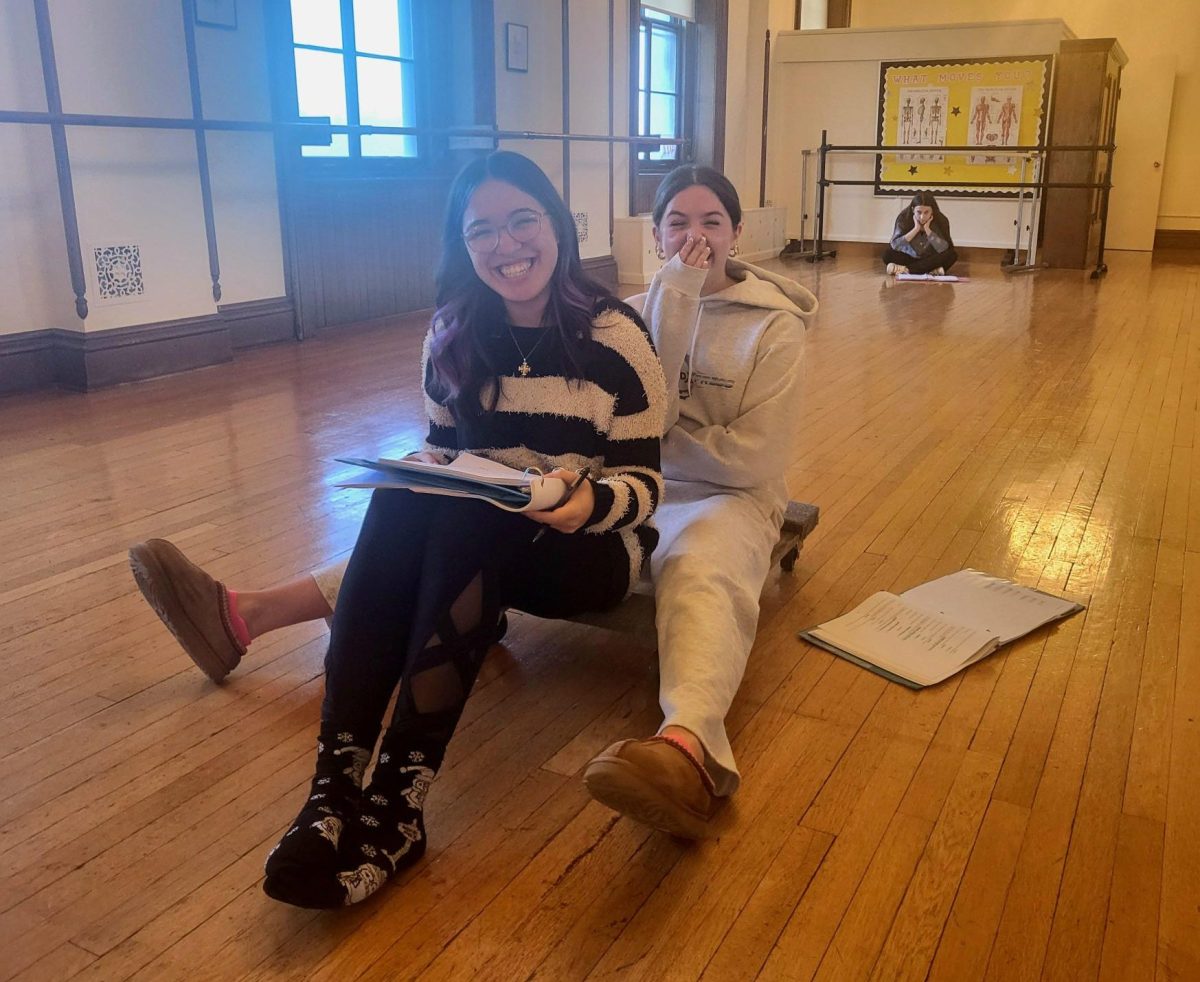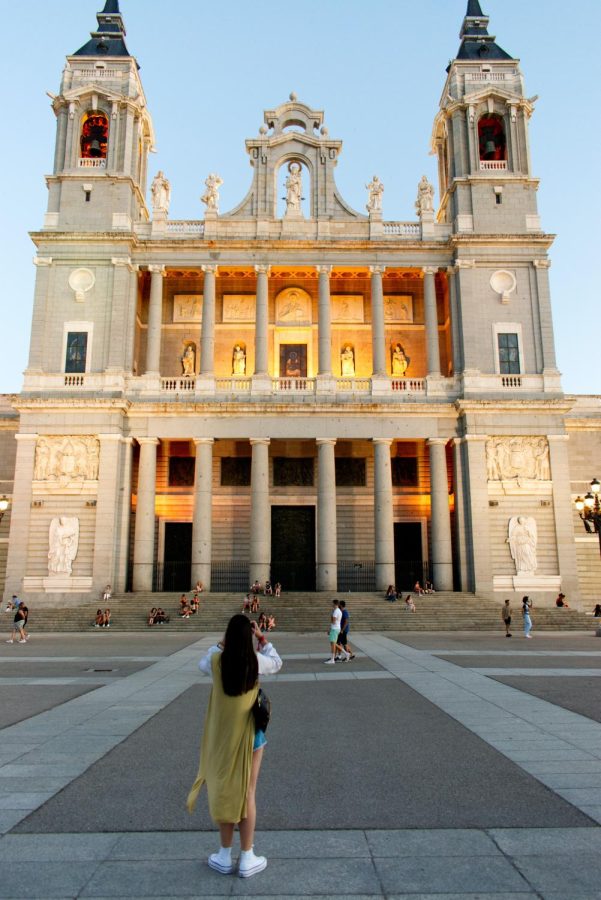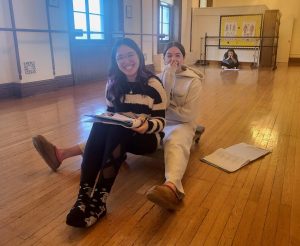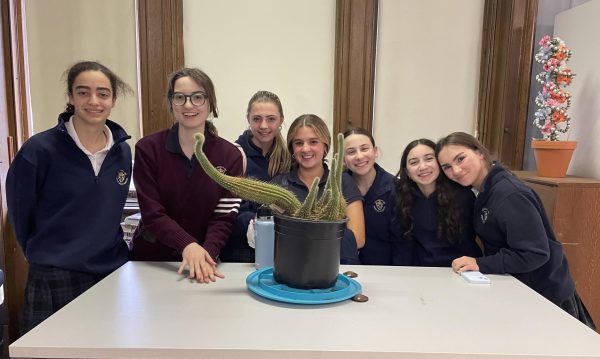Hispanic Heritage Month!
November 3, 2022
Hispanic Heritage Month, created in 1968, honors all the beauty and accomplishments of the Hispanic community. Hispanic Heritage month starts on September 15, as this is around the time many Latin countries gained their independence from Spain, and ends on October 15. Much like how Americans celebrate the Fourth of July, celebrating independence is very important to the Hispanic community. The United States is so diverse, with a large LatinX population, that former President Lyndon B. Johnson put Hispanic Heritage Month on the national holiday calendar in 1988.
Some examples of LatinX culture and how they are appreciated are through foods, holidays, and traditions. In Mexico, citizens celebrate Día de Los Muertos and Las Posadas. Both are very important holidays that honor the dead and celebrate Mary giving birth to Jesus. In Cuba, there are many cultural dishes such as Ropa Vieja, Congris, and Vaca Frita that become popularized during Hispanic Heritage Month. It is important to remember those in the Hispanic community and celebrate their culture because they have done a lot for our country. Celebrating culture is necessary as it embraces the awesomeness of differences!
An Ofrenda, or an offering, is something used both annually and traditionally on Día de Los Muertos. It is made to honor deceased loved ones, and they are usually full of food, pictures, and beautiful marigold flowers. Of course, they can stay up year-round to have a constant reminder of loved ones, but they are most commonly seen on Día de Los Muertos. If you ever feel like you miss a relative, or simply just want to share with them a family photo, you can always make an ofrenda. Just find a table/open space, and you can decorate it with your offerings to your loved ones. Make sure to include a picture of them, or else it will not carry!
Remember, be respectful, and have fun! It is a time of celebration and tribute, and what better way to do that than by getting immersed in the culture?











































































